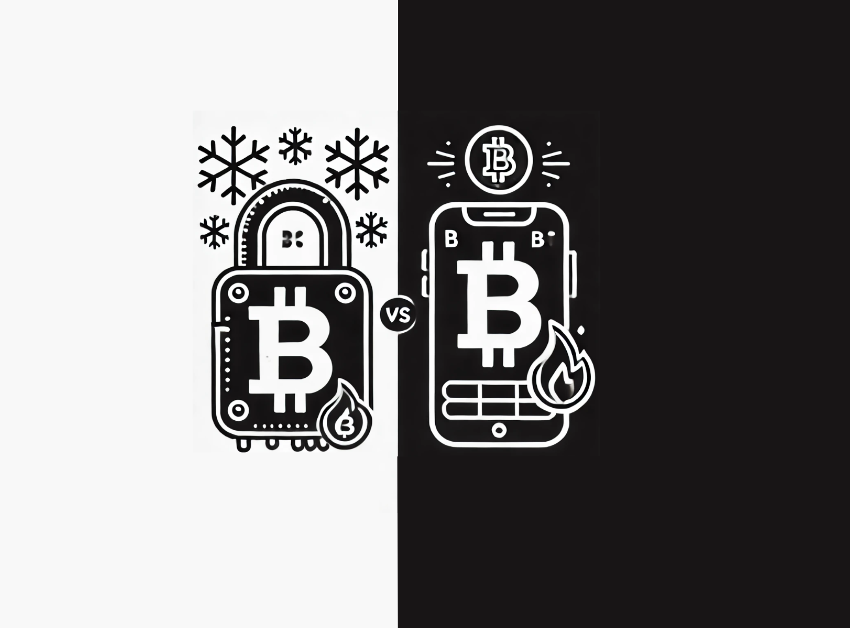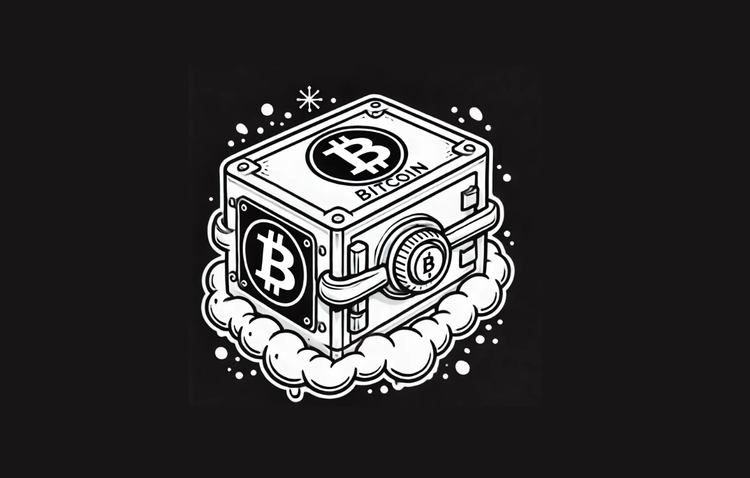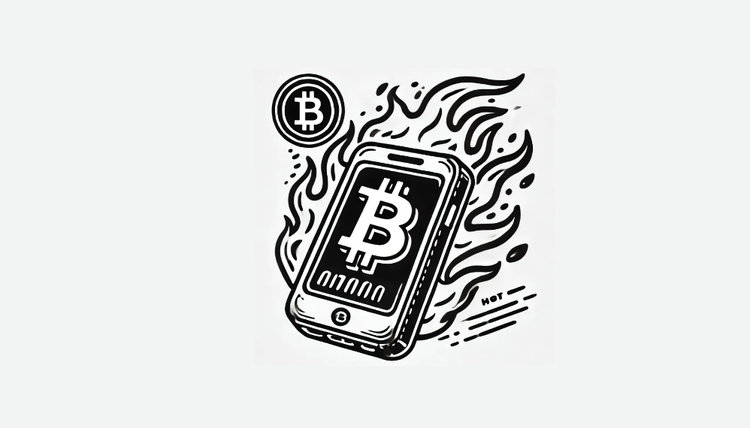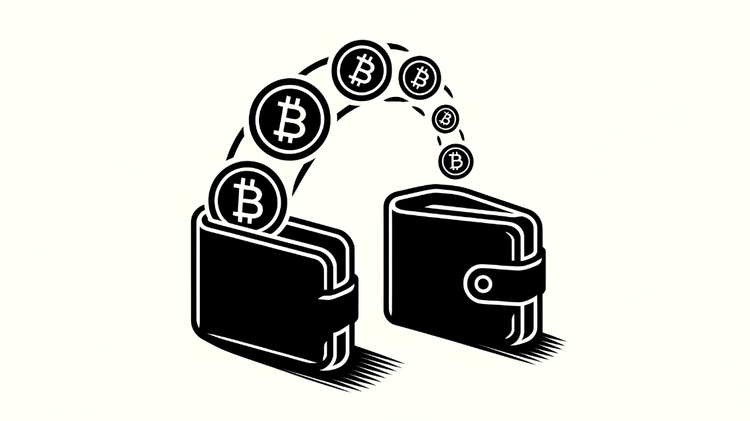Hot Wallet vs Cold Wallet

Understanding the nuances of hot and cold wallet storage, especially in terms of custody and security, is key to achieving sovereignty as a Bitcoiner.
Let’s dive into the specifics of each:
Hot Wallets
Access and Custody:
When you use a hot wallet, the private keys are typically encrypted and stored on your device. However, the level of control you have over your keys can vary based on the wallet’s design.
Some wallets provided by exchanges might have shared control where the exchange also has access to your keys. It’s essential to understand the specific wallet’s terms of service.
You know it is a hot wallet if you are given a seed phrase.
This is usually 12-24 words.
Risks:
If a hacker gains access to your device (through malware, phishing, etc.), they could potentially access your wallet and transfer funds.
If the wallet provider’s infrastructure is compromised, your wallet could be at risk, especially if the provider has some level of access to your keys.
Digital Storage:
The wallet is typically an application on your device (like a smartphone or computer), and your private keys are stored in encrypted form within this application. The wallet interacts with the blockchain through the internet, hence the term ‘hot.’
Some examples of hot wallets are Muun, Blue Wallet, Trust Wallet, Metamask, Phoenix, and Electrum.
Cold Wallets
Access and Custody:
Cold wallets store your private keys offline on a physical device.
Cold wallets do not have access to your keys. When you set up a cold wallet, your private keys are generated and stored on the device itself, and they never leave the device.
Risks:
Cold wallets are less vulnerable to online attacks since they are offline and not connected to the internet.
However, physical theft or loss of the device can be a risk. In such cases, you can recover your funds if you have backed up your seed phrase (a 12–24 word recovery phrase).
Digital Storage:
The wallet is a physical hardware signing device. It signs transactions offline and then transmits the signed transaction to the blockchain when connected to a computer or phone.
Key Differences
Custody:
With hot wallets, there’s a risk that the provider could access your keys, especially if it’s a custodial wallet provided by an exchange.
Cold wallets give you full control over your keys.
Recovery:
Both wallet types typically allow recovery using a seed phrase, but the process and security implications differ.
Connectivity:
Hot wallets are connected to the internet, making them more convenient for frequent transactions but also more susceptible to online attacks.
Cold wallets are offline, offering better security at the cost of convenience.
The choice between hot and cold wallets often comes down to a trade-off between convenience and security.
To manage your Bitcoin holdings effectively and securely, be sure to understand the specific wallet’s operation and security measures.




